White Flash Scaly Crystalline Powder Phenacetin Anti Inflammatory Pain Relieving Drugs CAS 62-44-2
Grundinformation
Phenacetin was used as an analgesic and fever-reducing drug in both human and veterinary medicine for many years. It was introduced into therapy in 1887 and was extensively used in analgesic mixtures until it was implicated in kidney disease (nephropathy) due to abuse of analgesics. Phenacetin also was once used as a stabilizer for hydrogen peroxide in hair-bleaching preparations
Produktname: Phenacetin
Synonyme: 1-ACETYL-P-PHENETIDIN;4-ACETOPHENETIDIDE;4-acetophenetidine;4′-ETHOXYACETANILIDE;4-ETHOXYACETANILIDE;ACETOPHENETIDIN;ACETOPHENETIDINE;ACET-P-PHENETIDINE
FALL: 62-44-2
MF: C10H13NO2
MW: 179.22
EINECS: 200-533-0
Produktkategorien: Andere APIs;Organics;Amine;Aromaten;Zwischenprodukte & Feinchemikalien;Arzneimittel
Mol-Datei: 62-44-2.mol
Phenacetin Structure
Phenacetin Chemical Properties
Schmelzpunkt 133-136 ° C.(zündete.)
Siedepunkt 132 ° C. / 4mmHg
Fp 2℃
Lagertemperatur. 2-8° C.
Pulver formen
color White
Wasserlöslichkeit 0.076 g/100 mL
Sensitive Hygroscopic
Merk 14,7204
BRN 1869238
Stabilität: Stabil. Unverträglich mit starken Oxidationsmitteln, strong acids.
2. Descriptions:
Phenacetin ist ein schmerzlinderndes und fiebersenkendes Medikament, weit verbreitet seit seiner Einführung in 1887 bis in den USA von der FDA in verboten 1983. Seine Verwendung ist wegen seiner nachteiligen Wirkungen zurückgegangen, Dazu gehören ein erhöhtes Risiko für bestimmte Krebsarten und Nierenschäden. Es wird zu Paracetamol metabolisiert, die es in einigen rezeptfreien Medikamenten nach dem Verbot von Phenacetin ersetzten.
3. Anwendungen:
Phenacetin was widely used until the third quarter of the twentieth century, often in the form of an “A.P.C.” or aspirin-phenacetin-caffeine compound analgesic, as a remedy for fever and pain. An early formulation (1919) was Vincent’s APC in Australia. However the U.S. Food and Drug Administration ordered the withdrawal of drugs containing phenacetin in November 1983, owing to its carcinogenic and kidney-damaging properties (Federal Register of October 5, 1983 (48 FR 45466)).
It was also banned in India.As a result some branded, previously phenacetin-based preparations continued to be sold, but with the phenacetin replaced by safer alternatives. A popular brand of phenacetin was Roche’s Saridon, which was reformulated in 1983 to contain propyphenazone, paracetamol and caffeine. Coricidin was also reformulated without phenacetin. Paracetamol is a metabolite of phenacetin with similar analgesic and antipyretic effects, but the new formulation has not been found to have phenacetin’s carcinogenicity.
Phenacetin wird jetzt in Großbritannien und Kanada als Streckmittel zur Verfälschung von Kokain verwendet, owing to the similar physical features of the two drugs.Due to low cost phenacetin is used for research into the physical and refractive properties of crystals. Es ist eine ideale Verbindung für diese Art von Forschung.
Phenacetin COA
| Produktname |
Phenacetin |
| CAS-Nr. |
62-44-2 |
Äußere Verpackung |
25KG |
| Produktionsdatum |
2016.05.07 |
Haltbarkeit |
2019.05.05 |
| Norm übernommen |
BP68 |
| Elemente der Analyse |
Spezifikation |
Ergebnisse |
| Beschreibung |
Should comply with the standard |
Comforms |
| Identifizierung |
Positiv |
Positiv |
| Schmelzpunkt |
134℃ to 136.5℃ |
134.5℃ to 136.5℃ |
| 4-chloroacetanilide |
BP1968 |
<3.5ml/ 0.6g |
| P-Phenetidine |
BP1968 |
Comforms |
| Sulfatasche |
≤0,1 % |
0.07% |
| Assay |
≥99% |
99.1% |
| through a uss# 80 |
|
98% |
| Fazit |
Qualifiziert |
| Andere Hot-Sale-Produkte (Rohpulver) |
| TUDCA (Tauroursodesoxycholsäure) |
| GBL (Y-Butyrolacton) |
| 1,4-Butandiol |
| Minoxidil |
| Melatonin |
| Tretinoin |
| Sunifiram |
| Pregabalin |
| Phenacetin |
| Paracetamol |
| Levamisol HCL |
| Pirfenidon |
| Epinephrin HCL |
| Pregnenolon-Rohpulver CAS |
| Dextromethorphan-Hydrobromid-Monohydrat |
| Argireline |
| SNAP-8 1 mg/Fläschchen |
| Theophyllin |
| Diclofenac-Natrium |
| Tianeptin-Natriumsalz |
| Noopept |
| Beta-Nicotinamid-Mononukleotid |
| Clobetasolpropionat |
| Polyethylenglykol(ANBINDUNG) |
| Ketoprofen |
| 1,3-Dimethylbutylaminhydrochlorid |
| Polyvinylpyrrolidon |
| Baricitinib |
| Diprophyllin |
| Aminophyllin |
| Tianeptin |
| Tianeptinsulfatsulfat |






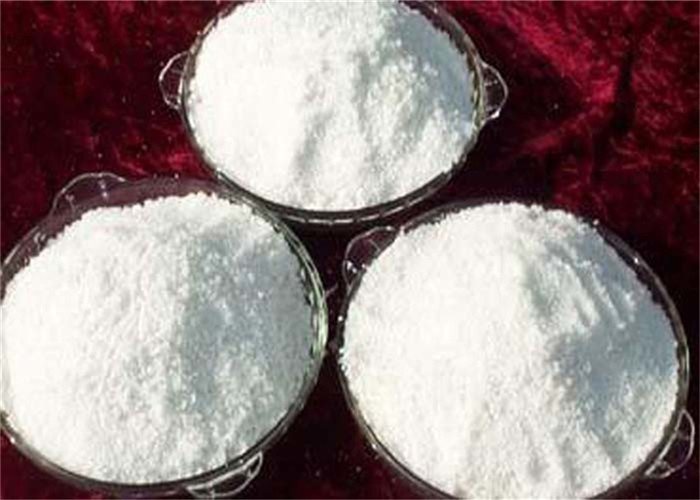
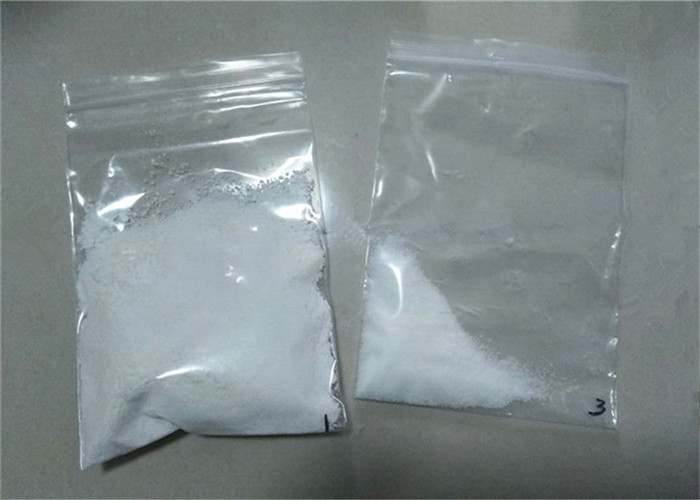
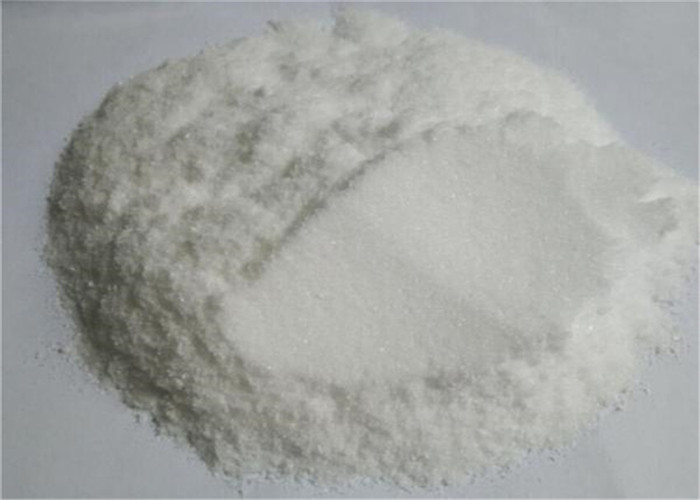
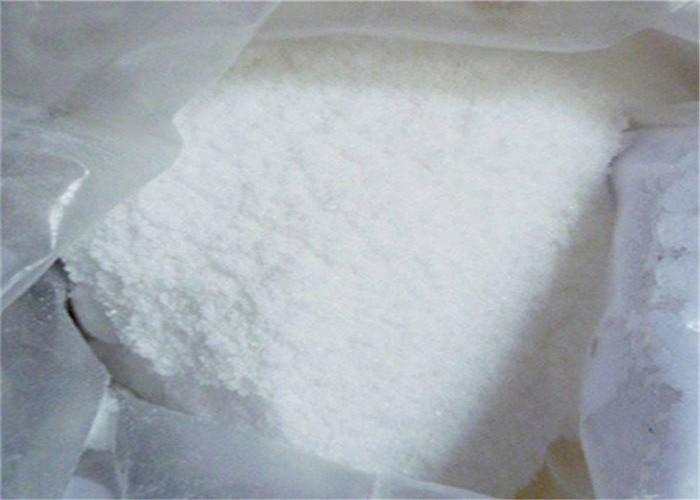
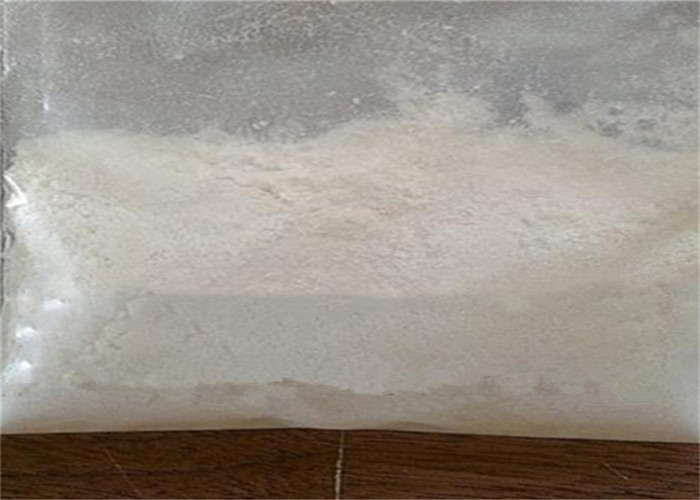
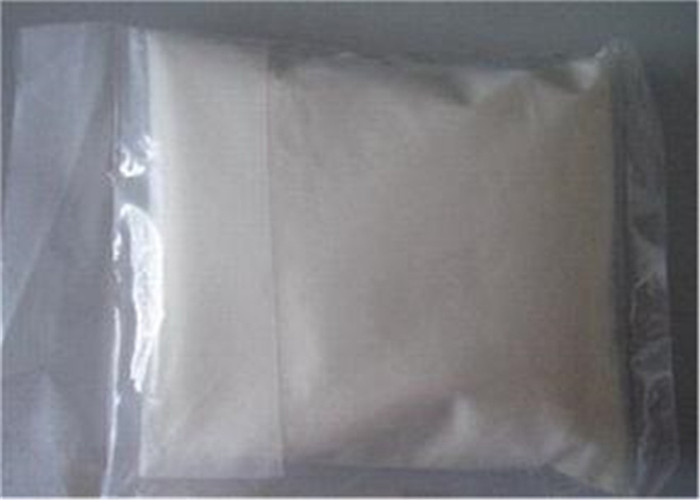



 Verkaufsleiter
Verkaufsleiter